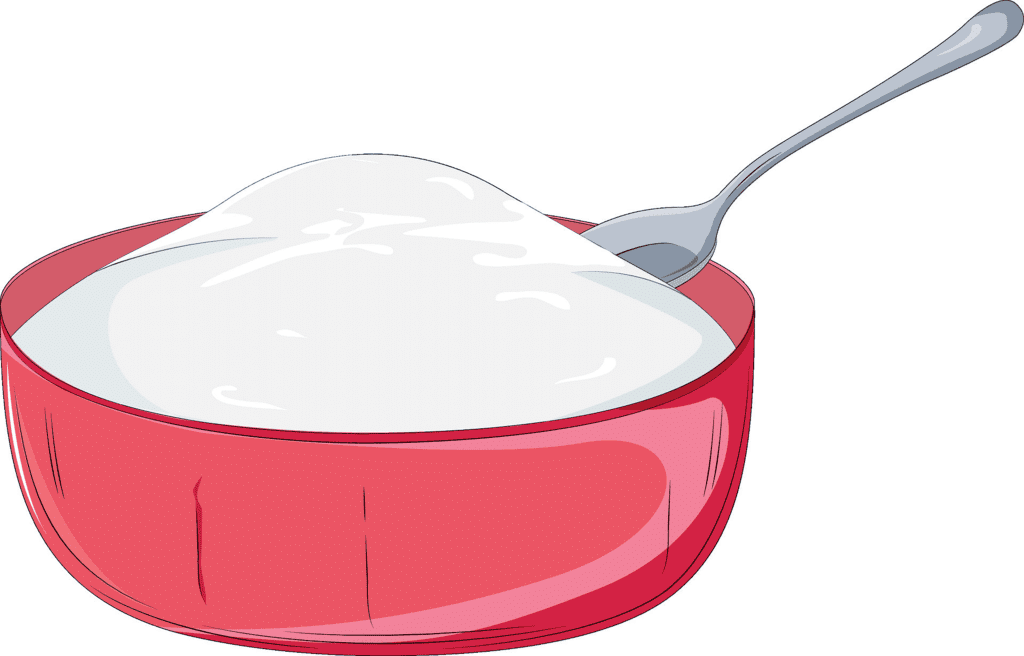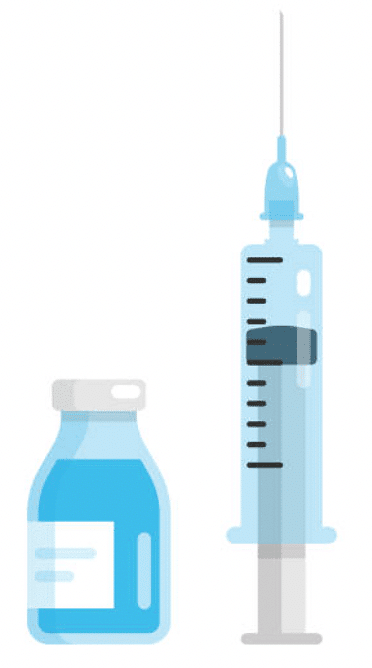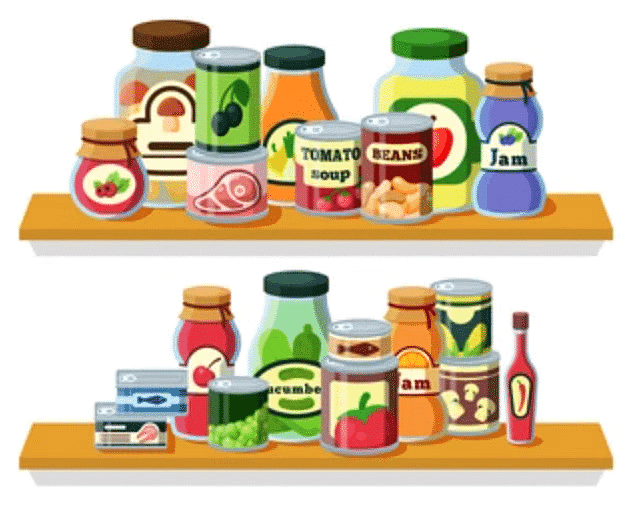Microorganisms : Friend or Foe Class 8 Worksheet Science
| Table of contents |

|
| Multiple Choice Questions (MCQs) |

|
| Fill in the Blanks |

|
| True/False Questions |

|
| Very Short Answer Questions |

|
Multiple Choice Questions (MCQs)
Q1: Which of the following is not a use of microorganisms?
A) Making antibiotics
B) Fixing nitrogen in the soil
C) Increasing the spoilage of food
D) Producing alcohol
Q2: Which microorganism is used to make curd from milk?
A) Yeast
B) Lactobacillus
C) Penicillium
D) Rhizobium

Q3: What is the role of microorganisms in the nitrogen cycle?
A) They decompose organic matter releasing nitrogen gas into the atmosphere.
B) They convert atmospheric nitrogen into usable compounds for plants.
C) They increase the nitrogen content in the atmosphere.
D) They consume nitrogen from the soil.
Q4: How do friendly microorganisms benefit humans?
A) They cause diseases.
B) They help in digestion and nutrient absorption.
C) They spoil food.
D) They reduce soil fertility.
Q5: Which of the following is true about vaccines?
A) They are harmful microorganisms.
B) They contain live pathogens.
C) They contain dead or weakened microbes to stimulate immunity.
D) They have no impact on immunity.

Fill in the Blanks
Q1: Microorganisms that are beneficial to humans and aid in digestion are called ___________ microorganisms.
Q2: The process by which yeast helps to make bread is called ___________.
Q3: Microorganisms that produce diseases in plants, animals, and humans are called ___________.
Q4: The technique discovered by Louis Pasteur to kill harmful microbes in milk is known as ___________.
Q5: Rhizobium bacteria are known for fixing nitrogen in the soil, which helps ___________ plants.
True/False Questions
Q1: Microorganisms can only be harmful and have no beneficial uses.
Q2: Fungi and bacteria are used to make antibiotics like penicillin.
Q3: All bacteria are harmful to humans and other living organisms.
Q4: Preservation by sugar involves reducing the moisture content which inhibits bacterial growth.

Q5: Vaccines always contain live microorganisms to be effective.
Very Short Answer Questions
Q1: What causes malaria?
Q2: What are preservatives?
Q3: Name the microorganisms which can fix atmospheric nitrogen in the soil.
Q4: Give two examples of algae.
Q5: How can we prevent the spread of communicable diseases?
Q6: What are the harmful effects of microorganisms on plants?
Q7: Who discovered penicillin?
Q8: How are jams and squashes preserved?
Q9: How can food be preserved by adding oil and vinegar?
Q10: What causes foot and mouth disease of cattle?
You can access the solutions to this worksheet here.
|
90 videos|415 docs|44 tests
|
FAQs on Microorganisms : Friend or Foe Class 8 Worksheet Science
| 1. What are some examples of beneficial microorganisms? |  |
| 2. How do microorganisms contribute to environmental sustainability? |  |
| 3. What are the health risks associated with harmful microorganisms? |  |
| 4. How can we prevent infections caused by harmful microorganisms? |  |
| 5. What is the role of microorganisms in the food industry? |  |
















